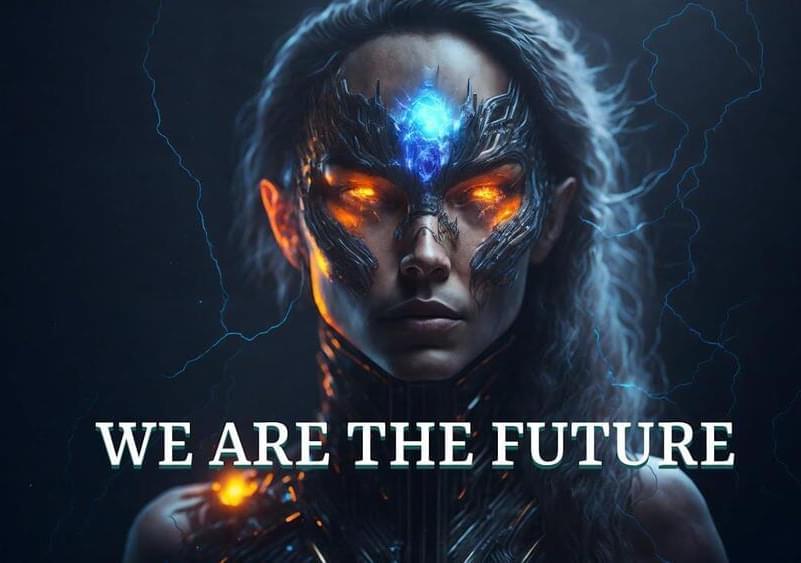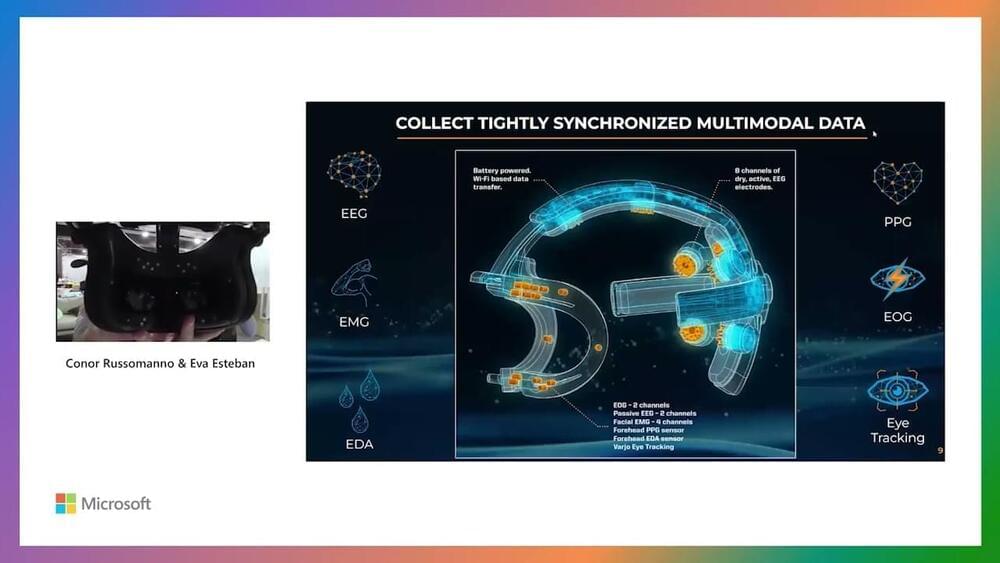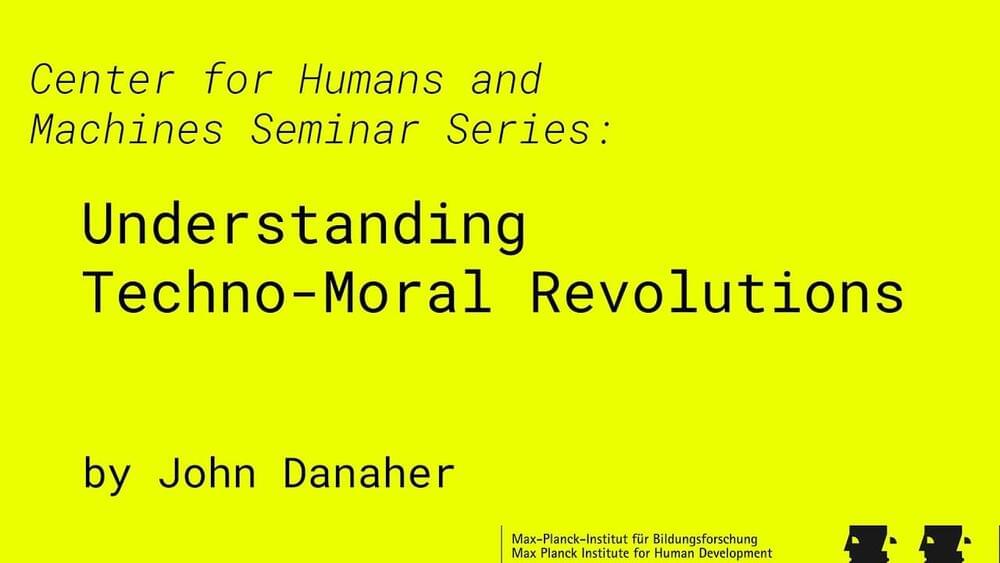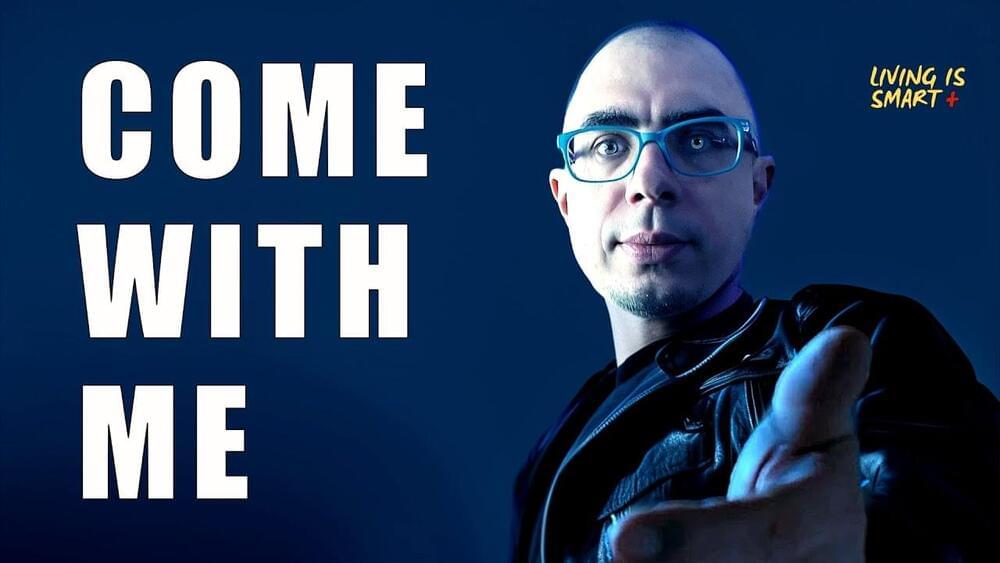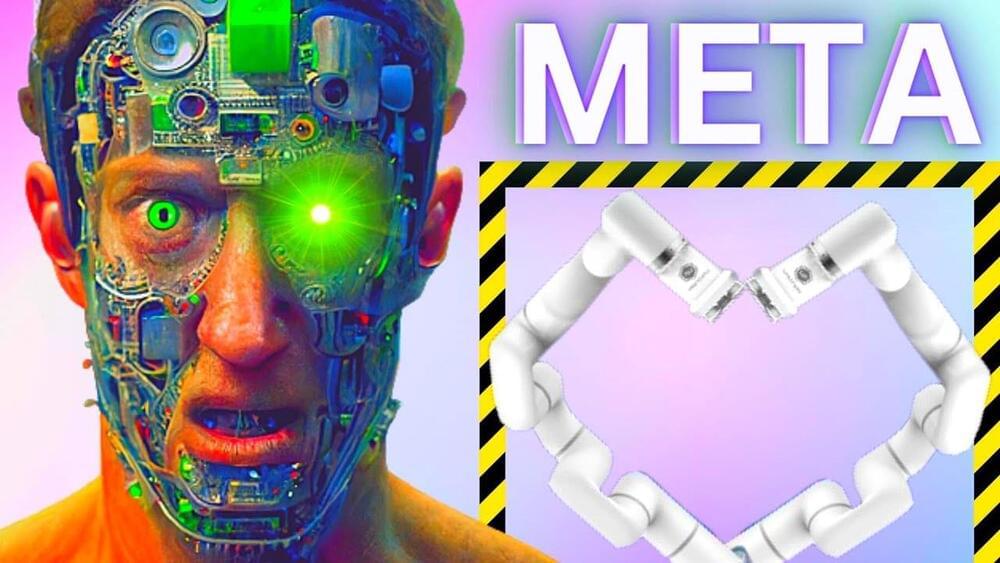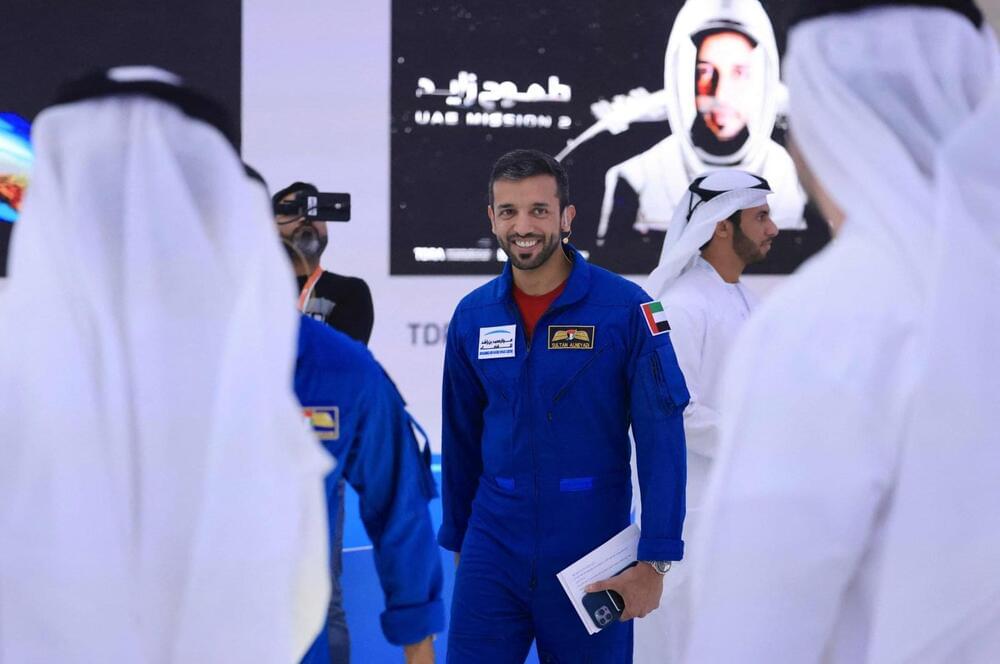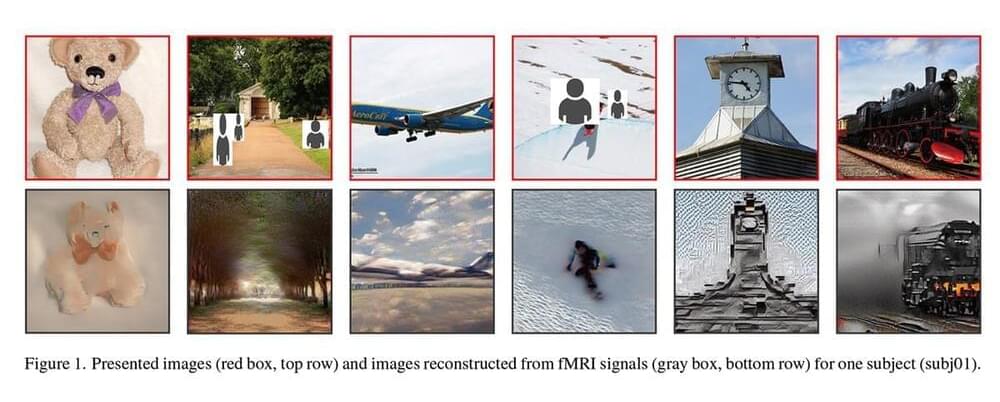This video was creating using multiple AI tools. Script was generated using ChatGPT, the noration voice was generated with Elevenlabs.io, background audio was generated with AudioLDM model and finally images were created with Stable Diffusion using Illuminati Diffusion v1.1 model. The script itself was a source for prompts at image generation stage.
There were still some human input. Particularly I generated several images for each part of the script and choose the most appealing ones. I did also manually combine noration with background music. But mostly it was done in a way that each part of the process might be completely automated.
You can follow me here to see more of my work:
Twitter: https://twitter.com/volotat.
Github: https://github.com/volotat.
Medium: https://medium.com/@AlexeyBorsky
